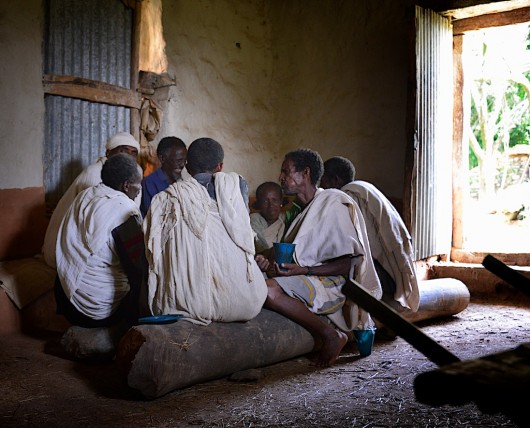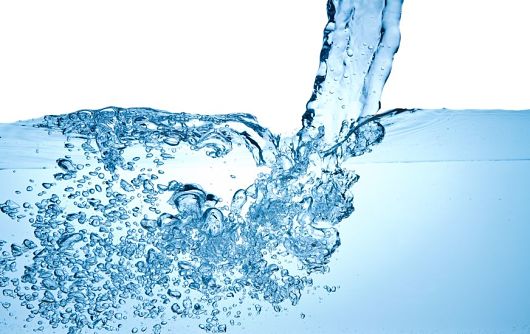
The Voss Foundation works in sub-Saharan Africa to provide sustainable access to clean water, sanitation and hygiene (WASH). Its community-driven approach maintains projects in seven countries: the Democratic Republic of the Congo, Ethiopia, Kenya, Liberia, Mali, Swaziland, and Uganda.
The Voss Foundation mimics the ripple effect from a drop of water in a bucket. When it builds a well, it aims to trigger positive change throughout every sector in a community. Clean water advances development in rural communities by propelling local employment, and in consequence, local economies. Every year, 7.2 billion dollars is saved because of proper water and sanitation. Stronger trends in child development are a result of clean water, hygiene, and sanitation systems because children consume safer diets. Nearly 2,000 children die each day from preventable diseases linked to poor WASH systems. Likewise, food security increases as a result of effective water management. Education sees increases in enrollment and attendance, totaling to 544 million school attendance days gained per year thanks to access to water and sanitation.
Proper sanitation systems reduce the likelihood of contracting water-borne illnesses. Having functioning toilets and practicing hand washing alone prevents diarrheal diseases by 40 percent. Increased attention to health centers protects maternal health, of which 99 percent occur in the developing world.
Generally speaking, quality of life rises as a result of greater access to WASH systems. Women, for example, are able to pursue personal goals like obtaining an education and employment, which conventionally links to embracing female empowerment and equality. The Voss Foundation reports that for every year of primary school, girls’ future wages increase by 10-20 percent. Earning separate incomes also prompts greater gender parity.
The Voss Foundation builds wells and water systems to ensure that these benefits spread worldwide. In Latawken, Kenya, a water system attracted more students to the area, forcing local authorities to expand the school. In Kalebuka, in the Dominican Republic of the Congo, a well provided water for cementing The Malaika School for Girls. In 2011, the school enrolled 106 girls, and by Fall 2015 it expanded to 230 girls. The well continues to provide clean water to the school for its kitchens, gardens, and bathrooms.
https://www.youtube.com/watch?v=ufYRGdHEBk8
In the Democratic Republic of the Congo, girls are receiving education from the Malaika School for Girls. Thanks to the well built by the Voss Foundation, the school increased enrollment from its original 106 girls in 2011 to 230 girls in Fall 2015. In Pel, Mali, Voss built five wells. “One of them” according to the Voss Foundation, “is at a garden owned by a local women’s cooperative.”
Every Voss project empowers women. Voss projects recruit local council members to oversee the wells or water system, and every water management committee requires at least half of its staff to be female.
The Voss Foundation’s campaign, Women Helping Women, alone raised $650,000 in Europe and the United States. Voss reports that the profits funded 21 clean water access points and 291 sanitation facilities in Kenya, the Democratic Republic of the Congo, Liberia and Swaziland, as of February 2015.
VOSS launched another event called One Well at a Time. The contest lasted from March 22 to April 22, 2015. Participants had to promote the issue of water scarcity in sub-Saharan Africa and how gaining access will positively affect short and long-term well-being in local communities. They had the option of choosing from one of three entry methods: an original or rights-free stock photo with a 50-200-word explanation, an original video no longer than three minutes, or a Be Inspired fact with a 50-200 explanation. The winner was announced on Earth Day. Matthew Kistler won the all-expense paid trip to Swaziland and attended the Dedication Ceremony of VOSS Water of Norway and Voss Foundation’s New Water, Sanitation, and Hygiene Project.
The Norwegian water company prides itself on serving the 1/6 of the world’s population that has no access to clean drinking water. Approximately two million people die each year from preventable illnesses related to unclean water and poor sanitation. Over 700 million people cannot access clean water and 325 million alone reside in sub-Saharan Africa. Collecting water, on average, requires women and children to walk as far as ten miles per day to the closest, oftentimes unclean, water source. That totals to nearly 140 million hours in just one day, which is comparable to building the Empire State Building 20 times. The Voss Foundation works to eliminate these statistics. Through integrative solutions and sustainable practices, the Voss Foundation aims “to provide meaningful aid” too the 345 million people in sub-Saharan Africa without clean water.
– Lin Sabones
Sources: Voss Foundation 1, Voss Foundation 2, Voss Foundation 3, Voss Foundation 4, Voss Foundation 5, Wall Street Journal, Reuters, PR Newswire
Photo: Voss Foundation

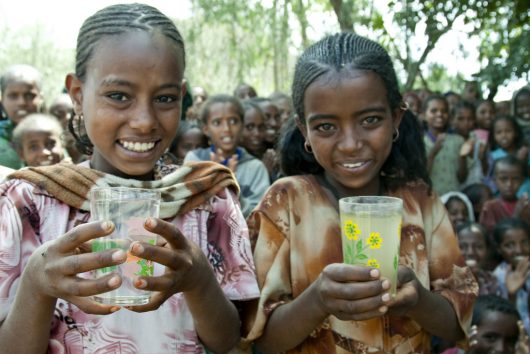
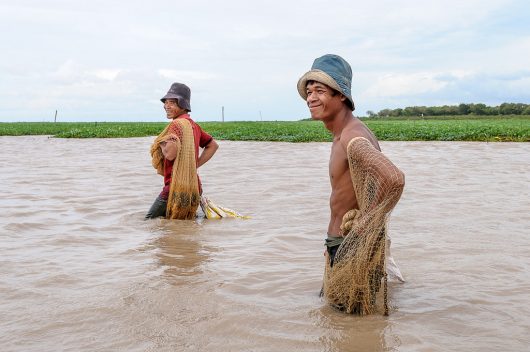
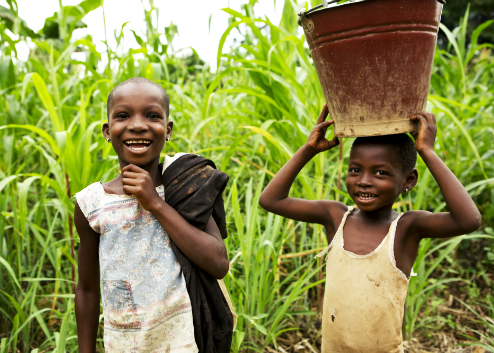
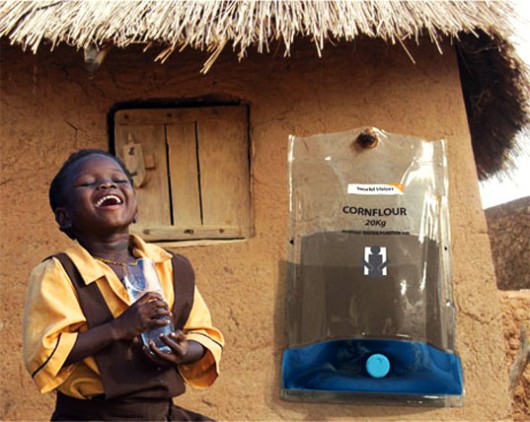 Approximately 63 million people do not have access to clean water, according to the World Health Organization (WHO). To address this problem, industrial designers Jung Uk Park, Myeong Hoon Lee and Dae You Lee came up with the Life Sack.
Approximately 63 million people do not have access to clean water, according to the World Health Organization (WHO). To address this problem, industrial designers Jung Uk Park, Myeong Hoon Lee and Dae You Lee came up with the Life Sack.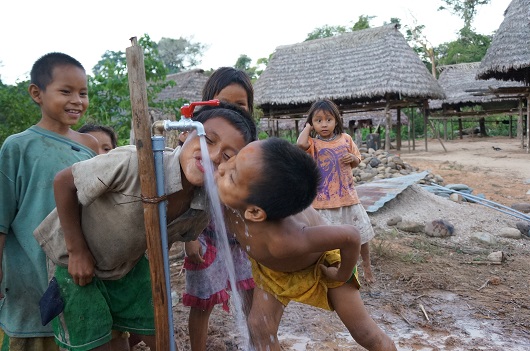 Extreme poverty makes access to clean water and nutritional food difficult for millions of people. Sanitation and hygiene also suffer as survival becomes the focus.
Extreme poverty makes access to clean water and nutritional food difficult for millions of people. Sanitation and hygiene also suffer as survival becomes the focus.